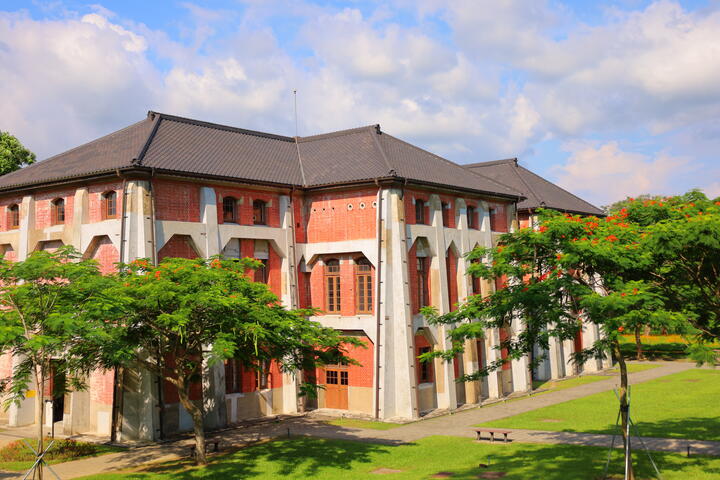Tainan Mountain Top Garden Waterway Museum Introduction
Located next to Municipal Road 178, the century-old landmark - the Former Tainan Waterway, is an important historical site that witnessed the development of water management in the Greater Tainan area. After its decommissioning, the Tainan Waterway has transformed into a waterworks museum filled with historical atmosphere. The Baroque-style factory is well-preserved, housing a complete set of machinery that are rare antique pieces, evoking a sense of nostalgia. The waterway consists of five facilities for the water supply system, including intake facilities, settling basins, aeration chambers, delivery pump rooms, and water purification pools. The historical value classified as a heritage site includes various architectural structures made of Western-style reinforced concrete, red brick buildings, and stone-roofed houses, as well as well-preserved machinery, including 14 British rapid filter columns and components, a moving crane in the courtyard, and vertical electric motor units. These machines are valuable cultural heritage in Taiwan's water supply industry. To reach the purification pool, visitors must walk up 189 steps along the purification pool trail, arriving at a gray structure made of natural stone and imitation stone bricks, solid as a fortress. On each side of the pool, there is a water quality testing laboratory, topped with soil and greenery, featuring 59 cast iron ventilation columns. On the gable of the entrance to the purification well in the rear of the pool, there is a circular emblem with the words "南水" (Nan Shui) made of cement cuts, which is the mark of the "Tainan Waterway," narrating the glorious history that the Tainan Waterway once had for visiting guests. Regarding the "Father of Taiwan's Waterworks" - Yamashita Yasuharu, known as the father of Taiwan's waterworks, Yamashita Yasuharu (1863–1932) was born in Chiba Prefecture, Japan, and graduated from the Department of Industrial Engineering at Tokyo Imperial University. In 1896, he came to Taiwan as an assistant to the British William Burton and served as an engineer in the Civil Engineering Department of the Governor-General of Taiwan. During his 23 years of work in Taiwan, he participated in and completed significant waterway projects in Keelung, Taipei, Taichung, and Tainan, making substantial contributions to Taiwan's water management.


































